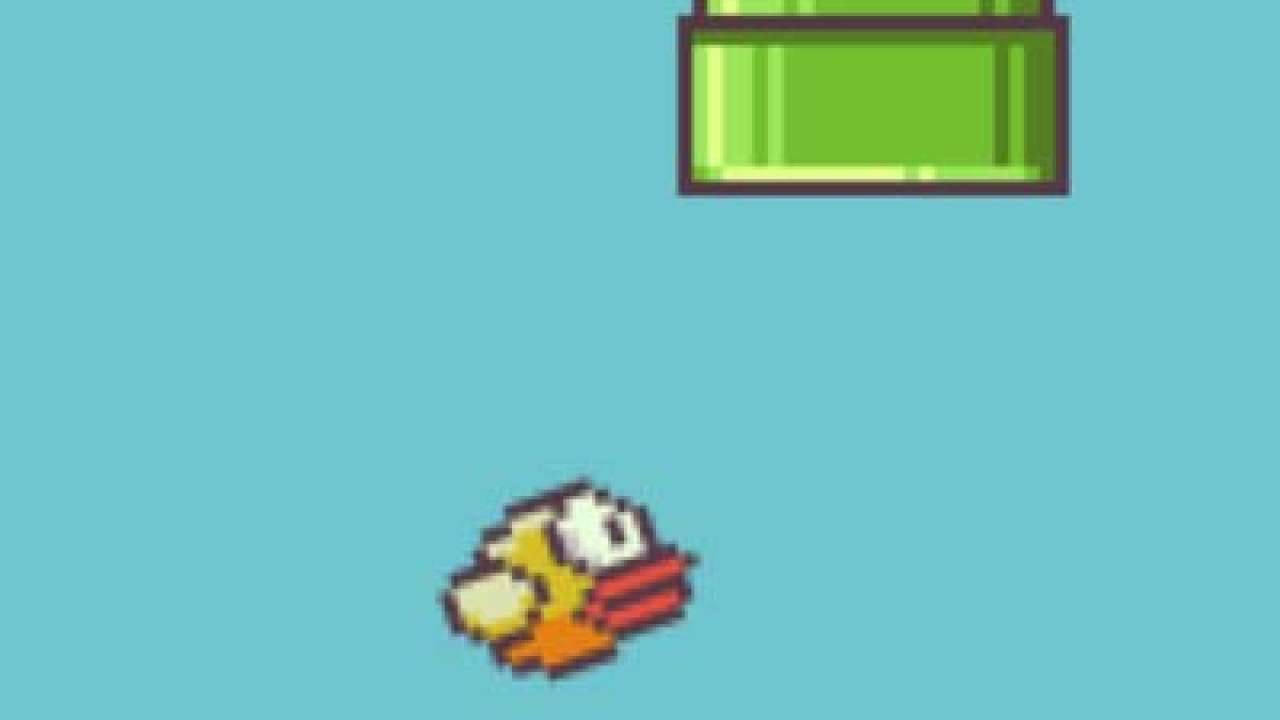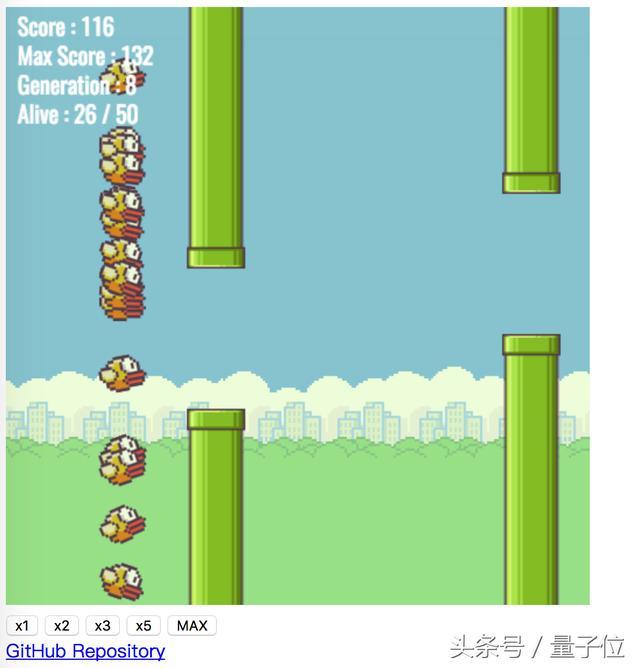

Do you want class Game to be responsible for drawing a Bird in that case? Maybe you have many separate sprites, for example one for the wings, one for the body, one for the head and so on, that all animate independently. But consider now that drawing the bird would be much more complex than just drawing a single sf::Sprite. This means that there is now quite a tight coupling between those classes. But what it actually does is having class Game reaching into class Bird and class Obstacle, and accessing their member variabels body and bottom/ top_obstacle.

Your game is quite simple, and Game::draw_objects() looks perfectly reasonable. Note that the compiler itself can still decide to inline those functions when they are called from mainloop(). Declare them as regular member functions, and define them in Game.cpp. Why are detect_loss(), update_object_positions() and draw_objects() declared as inline functions in Game.h? I do not see any reason why these would be performance critical. These should all be private, as this prevents other classes from accidentily accessing these member variabels. For example, Game::score, Bird::texture_wing_up, and many more. There are a lot of member variables that are public that are not used outside the class itself. Prefer member variables to be private if possible Is this a better way to do this? Also, what way do you usually prefer to store stuff like this? Hence, I decided to keep them in an anonymous namespace as they are only used in bird.cpp. At first, I decided to just use the plan floating-constants, but then the magic numbers didn't look very nice. Things like acceleration, origin, positions are all constant, and bird.cpp has many of them. Top obstacle is rotated 180 ° and aligned with the bottom obstacle. One obstacle at the bottom has a constant velocity and is placed randomly on the y-axis every new generation. The obstacles are pretty straight forward. The bird also rotates according to its velocity. When fly() is called I switch to the flapped wings, and when it starts falling I switch back to the normal ones, this also adds to the effect and gives a better look. There are two images, one with the bird's wings flapped and one normal. I am happy with how the bird flew at last 😁 Every time fly() is called, it sets a point above the bird at which the bird will start to de-celerate. The values given to acceleration are quite small, but each frame it adds up so the overall movement of the bird looks really good. I used acceleration that would modify velocity. The bird's physics was the part I took time to code, not because it was tough but I tried to perfect how the bird fall() and fly().

Top_tPosition(bottom_position.x+89, bottom_position.y - 250) Īuto bottom_position = bottom_obstacle.getPosition() īottom_tPosition(800, (float)new_pos) Throw std::runtime_error("Failed to load images//obstacle.png\n") Ĭonst auto& bottom_position = bottom_obstacle.getPosition()

If (!texture.loadFromFile("images//obstacle.png")) If (velocity.y > ::max_fall_vel) velocity.y = ::max_fall_vel Start_fall = static_cast(body.getPosition().y-7) If (obstacle.bottom_obstacle.getPosition().x Ĭonst float fall_rot // offset is applied to current rotationĬonst sf::Vector2f initial_bird_pos(320, 300) Inline void Game::update_object_positions() If (bird_bounds.intersects(obstacle.bottom_obstacle.getGlobalBounds())) If (bird_bounds.intersects(obstacle.top_obstacle.getGlobalBounds())) Although this isn't my first time learning SFML, I am pretty rusty since I never tried to make something serious with it.Ĭonst auto& bird_bounds = () The program is Object-Oriented as I believe this made it a little easier to maintain. I made this as a step towards learning GUI in C++. I have used the SFML library in C++ to make a flappy bird game of my own. Here is a project that I have been working on for the past few days.


 0 kommentar(er)
0 kommentar(er)
